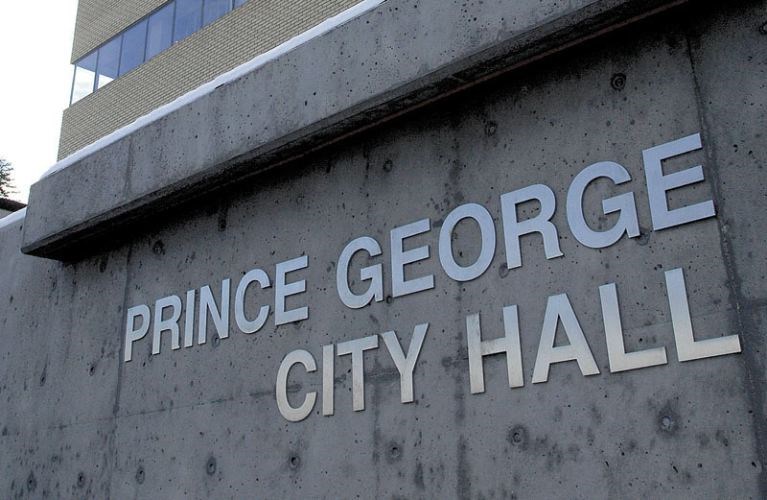The city is filling more potholes during the winter, which could mean another year of budget overruns.
The allocation for pothole-patching asphalt has been overspent for five out of the last seven years (including the first two months of 2015).
"The cost of having spent $142,820 in just the first two months of 2015 raises concern that pothole repairs are on track to surpassing the cost of repairs in 2014, which was the highest in the last six years," said a staff report from Dave Dyer, interim director of the engineering and public works department.
According to Dyer's report, presented to city council during Monday night's meeting, the city spent $294,337 on asphalt for cold patching last year, which was $208,215 more than the budget. The cold patch budget for 2015 was already overspent by $54,108 by the end of February.
"When expenditures are increased for cold patching, the downside is there is less remaining budget for hot patching and major patch repair," said Dyer in his report.
But budgeted and actual figures provided in the report suggest in years where there was increased spending in cold patch materials, there was often also increased spending in asphalt for hot and major patching.
Despite the asphalt costs being higher than budgeted, management can - generally - pull money from one area to another within their department to cover shortfalls where needed without having to dip into the general surplus, said finance director Kris Dalio.
During the winter, crews use a cold mix substance to fill holes in the road, which is different from the hot mix and hot patching material required from asphalt plants that open in May used to fill potholes later in the year.
The cold mix is supposed to be a temporary measure, with crews returning to cold patched spots during the late spring and summer to remove it and complete the repair, said a staff report.
"It is often unavoidable that the cold mix repair is completed in poor conditions," said Dyer's report, with frozen pavement but warm air. "The cold mix placed in these conditions will not bind and the pothole will often require one or more return visits to refill the pothole."
One of the year's problem areas was on 18th Avenue between Ospika and Foothills Boulevards where crews filled 108 cracks (when counting repeat visits to the same spots) in the first month and a half of 2015 - up from seven patches during the same timeframe in 2014 and none in 2013.
Spring-like conditions didn't help matters, with some days of rain wreaking havoc on the road, Dyer told council.
"In fact, we were back to the same pothole in the same shift in some cases because we had the Winter Games happening there and so there was some additional traffic as well and that caused some of these potholes," he said. "When you do get a fully saturated pothole full of water, you've got to fix it, but then you're coming back to it as well. And that's why it's so high here. ... It's a bit dramatic, but it does show what can happen in a period of time."
That piece of 18th Avenue is due for repaving this year. "We expect pothole repairs for this section of road and other pothole-prone roads including 15th Avenue, Tyner and Foothills will be reduced to zero for next winter and beyond."
A solution to the frequent patching could be upgrading roads more often, said Dyer's report.
Since the 2014 paving season, the city doubled the road rehab from $3.5 million to $7 million. "Public works expects that once arterial roads and collector roads that are overdue for rehabilitation are completed the number and frequency of pothole repairs will be reduced," the report said.



